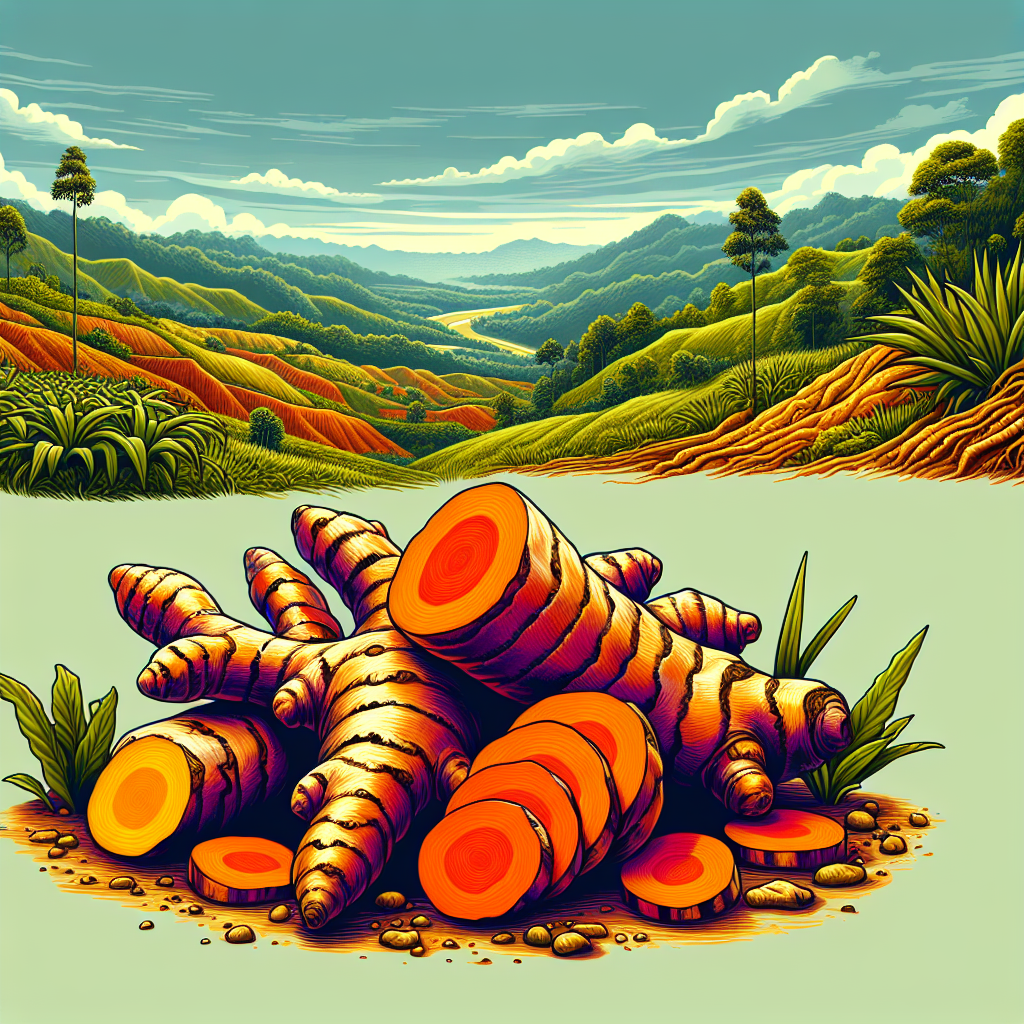Climate Change Threatens Lakadong Turmeric Production in Meghalaya
Concerns over the future of Lakadong turmeric production have arisen as Laskein, a key area for cultivation, is among the most climate-vulnerable in Meghalaya. With around 14,000 farmers depending on this crop, climate change and other factors threaten its sustainability. Efforts for mitigation and research are underway.

- Country:
- India
Alarm bells are ringing over the future of Lakadong turmeric production in Laskein, a region in Meghalaya's West Jaintia Hills district. Identified as one of the ten most climate-vulnerable blocks, the area faces multiple environmental challenges.
Agriculture Minister Dr Ampareen M Lyngdoh acknowledges declining yields, calling for urgent research into climate versus soil issues. With 14,000 farmers reliant on this high-curcumin turmeric, climate resilience and agronomic factors are key—especially as the state secured a Geographical Indication (GI) tag for the crop in 2023.
Experts report symptoms like rhizome rot and leaf blight, urging a focus on climate-smart strategies. Initiatives like Mission Lakadong aim to enhance branding and export potentials amidst growing concerns over future sustainability.
ALSO READ
AI in agriculture: Can digital tools support learning, not just yield?
We discussed ways to diversify trade ties, cooperation in agriculture, defence, security, energy: PM Modi on talks with Argentine President.
One Nation, One Agriculture: A Unified Path to Farming Growth
ICAR AGM 2024: Shivraj Singh Chouhan Charts Vision for Modern Indian Agriculture
Transforming Indian Agriculture: A Global Success Story










